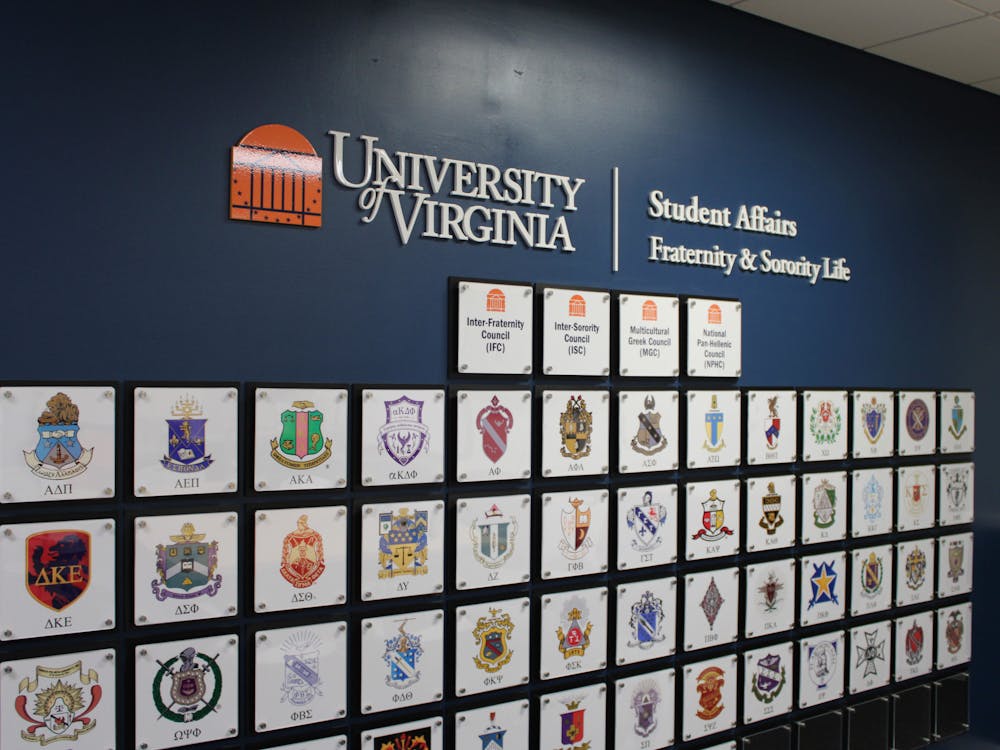Starting in the spring of 2016, students will encounter a revamped SAT that aims to be more “focused and useful” than ever before. The SAT makeover, however, won’t change the fact that SATs continue to be a faulty predictor of college success. For this reason, over 800 American colleges and universities have become test-optional or test-flexible, and the University should join the ranks.
Although the College Board might say otherwise, the SAT overhaul seems to be mostly a market-play in response to the rise in ACT-takers in recent years. In 2012, for the first time in its 55-year history, the ACT surpassed the SAT in popularity. This no doubt had a large influence on the College Board’s recent revamp decision, as three of their eight changes will make the SAT more similar to the ACT: no penalties for wrong answers, more relevant vocabulary and an optional essay. The College Board also likely wants to attract more students back to the SAT after last year’s announcement that the ACT will be available to take online starting in the spring of 2015.
Either way, it is clear that the ACT and SAT are competing to win over students. And it’s working. With some obvious overlap, 2012 saw more than 1.6 million students take the SAT as well as more than 1.6 million take the ACT. While this may be beneficial in the short-run for standardized tests that are seemingly more effective for admission decisions, it distracts admissions from the larger problem at hand: the SAT and ACT shouldn’t be given such large weight by colleges.
A three-year study led by former dean of admissions at Bates College William Hiss found that standardized tests, the SAT and ACT included, do not predict academic success nearly as well as GPAs. The study also showed that test-optional policies at schools help increase diversity while having no significant changes to college academic success or graduation rates.
By switching to a test-optional policy, the University could put a larger emphasis on high school GPAs and, more importantly, open the door for a more diverse applicant pool. Just as the study characterizes with test-optional schools, the University would see a substantial increase in first-generation, low-income, and minority student applications and therefore likely admit a more diverse student body.
Wake Forest, considered by many to be a top 25 school nationally, has also proven that a successful university can effectively become a test-optional school. Wake Forest director of admissions Martha Allman stated in an interview that in the first year after becoming test optional, non-white student applications increased by 46 percent and African American student applications increased by 70 percent.
The College Board’s decision to team up with Khan Academy in offering free SAT preparation is a noble gesture. But there are already all sorts of free SAT and ACT prep courses available online. Regardless of these options, higher income families will continue to give their children undeniable advantages with tutors or test prep classes. This is reflected in the strong correlation between family income and standardized test scores that persists in American schools. A test-optional policy would combat this correlation by providing low-income students with an opportunity to prove themselves outside of standardized tests.
Overall, one of the largest problems at hand with switching to a test-optional policy is the sheer size of the University’s applicant pool. While over 30 of the nation’s top 100 liberal arts colleges in U.S. News and World Report have switched to test-optional approaches, only nine of the nation’s top 100 universities have followed suit. But New York University, which has about 20,000 undergraduate students and is considered “test-flexible,” has proved that it is possible for a larger school to take on such a policy.
The SAT overhaul itself proves the College Board recognized that the current standardized tests offered were not providing accurate information on student performance for colleges. Furthermore, their stress on realigning the test with schoolwork merely shows that from the start it was never properly aligned with high school curricula. This is not to say the changes aren’t for the better, rather that the need for these changes shows the test is not a reliable indicator for the University, and other schools, to require its submission.
Jared Fogel is an Opinion Columnist for The Cavalier Daily. His columns run Fridays.




